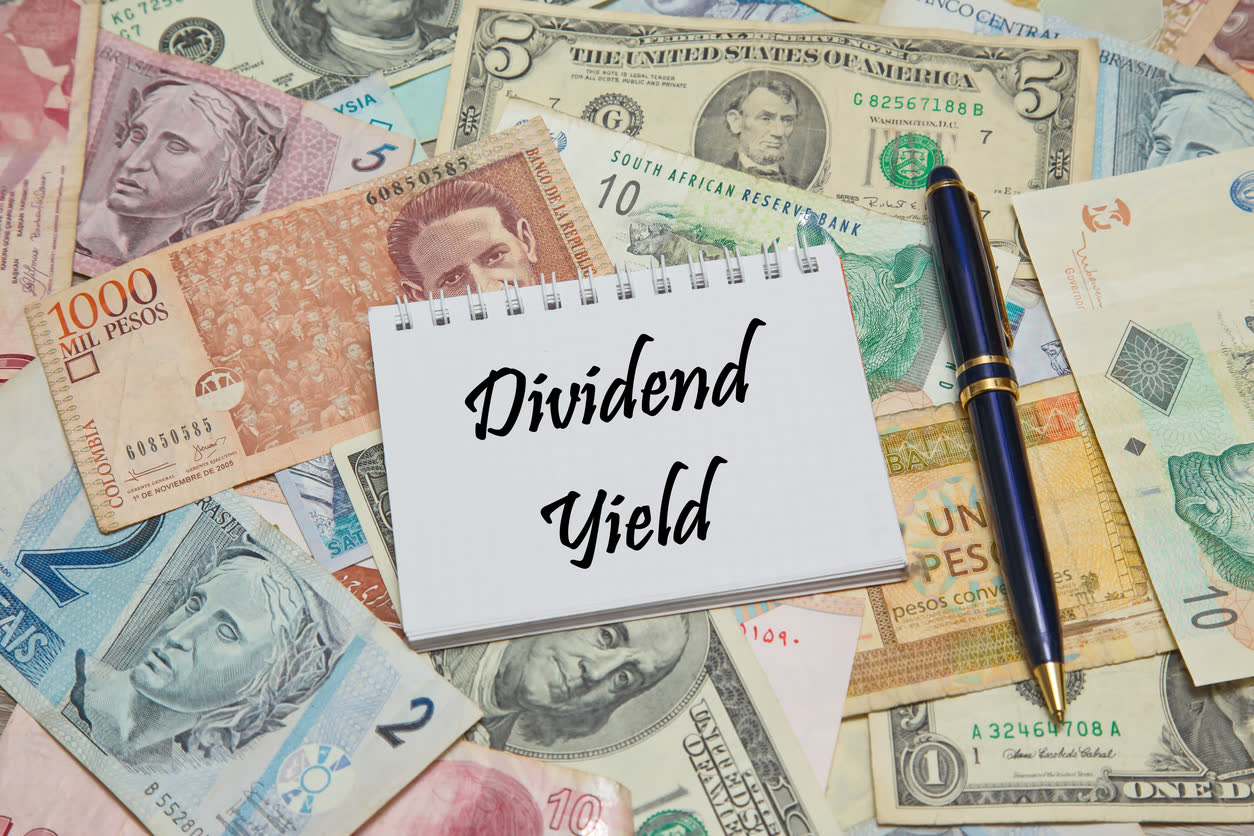Dividend Value Builder Newsletter
Dividend Yield: Definition, Calculation, & Relationship
Anyway you assess it dividends provide value and are heavily sought out by investors. Dividends are real, they can’t be fabricated or brought about by dishonest bookkeeping.
What is a Dividend?
A dividend is a payment (usually cash) divided among shareholders of a company. In most cases, it’s a distribution of profits left over after the company has paid its expenses, met its debt obligations, and set aside money for capital expenditures.

Dividend Yield Definition
Dividend yield is the annual dividend per share of a company compared to the price of the stock expressed as a percentage. In other words it tells you the percentage dividend return the stock owner receives based on the current price of a stock.
Dividend Yield Calculation
Dividend Yield = Annual Dividends Per Share / Stock price
Our Example:
XYZ Company:
Pays a dividend of $4 per year ($1 per quarter)
Current Stock Price = $160
Dividend Yield = $4 / $160 = 2.5%
If you own or buy this stock you would be receiving a 2.5% dividend yield on XYZ’s current stock price.
Dividend Yield and Dividend Payout Ratio Relationship
Dividend Yield is only one of many factors you should consider when analyzing a company stock. The dividend payout ratio would be the next most important factor as it is the connection, and in many ways the antithesis (a contrast or opposition between two things), of the dividend yield.
The dividend payout ratio indicates the percentage of profits (or cash flow) the company is paying in dividends. Ideally an investor wants a high dividend yield and a low dividend payout ratio. The least favorable situation would be a low dividend yield and a high payout ratio.
In most situations they are correlated. In other words as a general rule, high yielding stocks are paying a large percentage of their earnings or cash flow in dividends, and low yielding stocks are paying a smaller percentage of their earnings or cash flow out in dividends.
Interested in Dividends?
A mature stable company might not require as much capital investment and choose to pay a higher percentage of its profits or cash flow in dividends. Everything else being equal this company might experience slower future growth but provide a higher dividend yield today.
Minimize Large Portfolio Drawdowns
Invest With Confidence in Less Time - Manage Your Portfolio Without Behavioral Errors
